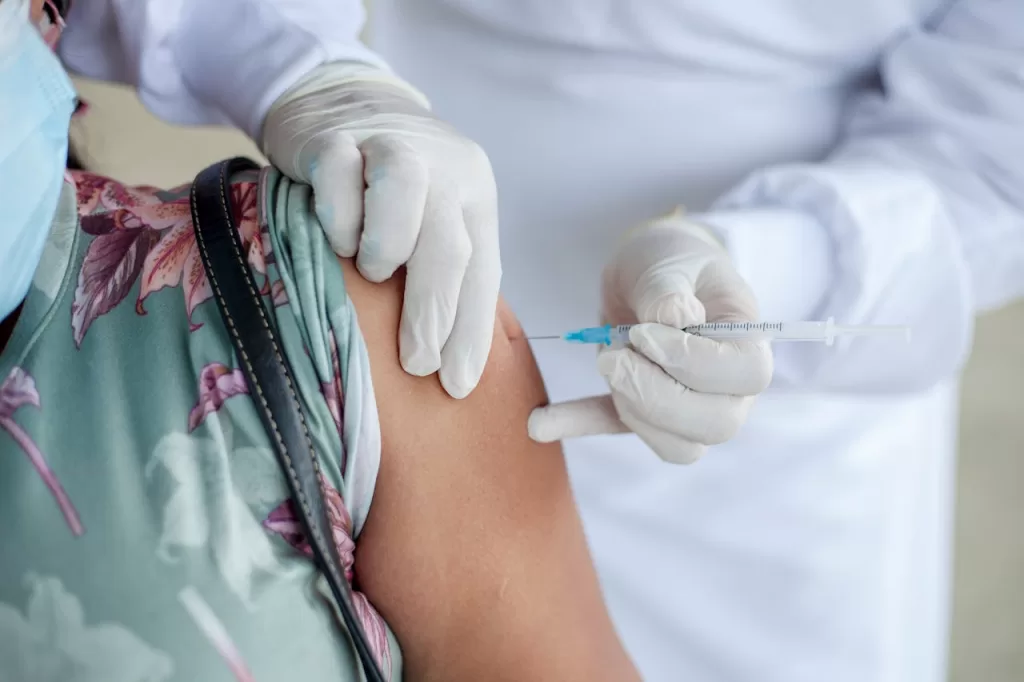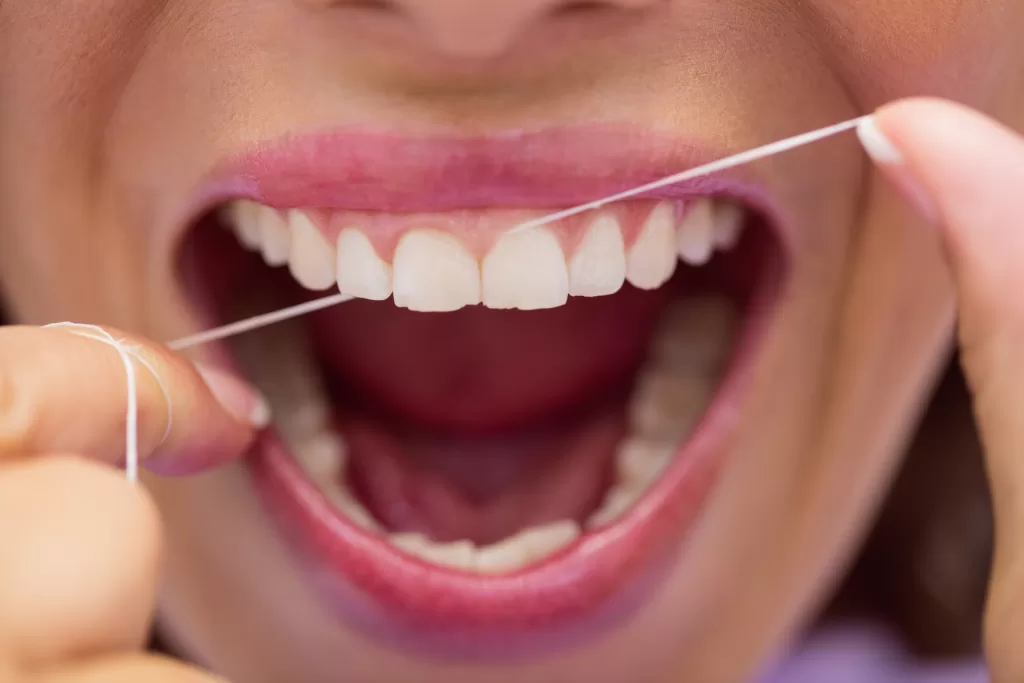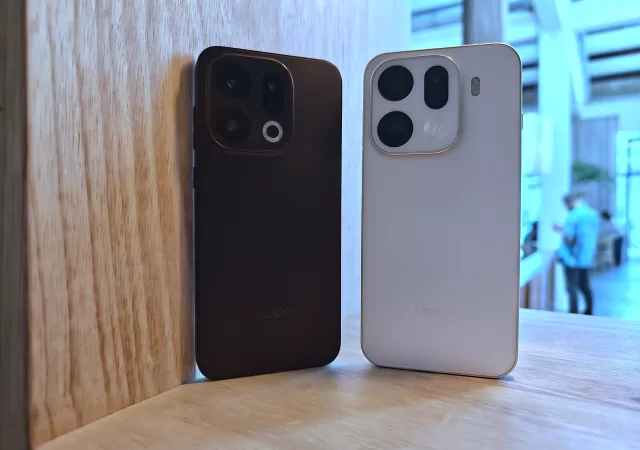Imagine getting a vaccine without the anxiety of a needle, the sting of an injection, or the fuss of a syringe. This isn’t just a fantasy; new research from a team at the University of Pennsylvania is bringing a needle-free reality one step closer with a groundbreaking method for delivering vaccines directly through your gums. This innovative approach, which harnesses the unique properties of the mouth’s immune system, could be a game-changer for vaccination, making it more comfortable and accessible for countless people around the world.

Medical research and deployment typically follow a long and rigorous path before a new theory makes its way into a viable treatment. It begins with initial scientific research and in-vitro testing, which is often followed by animal studies to test for safety and efficacy. If those prove successful, the next, and most crucial, step is the long process of human clinical trials, which are conducted in multiple phases to ensure the treatment is not only effective but also safe for the general population. This is the journey that all medical breakthroughs, including this new vaccination method, must take before they can be widely deployed.
The research, which was recently published in Nature Biomedical Engineering, outlines a novel vaccine delivery method that leverages the oral mucosa—the lining of your mouth—as a potent entry point for immunisation. The key to this technique lies in a special nanoparticle that is about 200 nanometers in size. This tiny particle is designed to deliver a vaccine’s antigen, which is a substance that triggers an immune response, directly to a specific type of immune cell called dendritic cells. These dendritic cells are particularly effective at activating a broad and powerful immune response and are found in high concentrations in the gums, making the oral mucosa a uniquely suited and highly effective site for this kind of vaccination.

The mechanism is surprisingly elegant. The nanoparticle is coated with a specific molecule that allows it to bind directly to the dendritic cells in the gums. Once attached, the cell takes up the nanoparticle, delivering the antigen and triggering a robust immune reaction. The researchers, a team that includes Assistant Professor Henry Daniell and his colleagues from the Department of Biochemistry and Biophysics at the University of Pennsylvania’s Perelman School of Medicine, found that this method produced a strong antibody response in mice. But what’s even more significant is that it also stimulated a strong T-cell response. T-cells are crucial for long-term immunity, meaning this method has the potential to provide lasting protection against various pathogens.
This new approach offers several distinct advantages over traditional injections. It bypasses the need for needles and syringes entirely, a huge benefit for people with a fear of needles and a logistical win for regions where access to trained healthcare professionals or sterile equipment is limited. The gums are an easily accessible site that is richly populated with immune cells, allowing the vaccine to be delivered directly to the part of the body that needs it most. The researchers believe this targeted delivery method could be applied to a wide range of diseases, including influenza, HIV, and even certain types of cancer.
The team is now focused on testing the approach in larger animals and hopes to move to human trials in the near future. This breakthrough could pave the way for a more comfortable and effective future for vaccination, proving that sometimes, the most innovative solutions are right under our noses—or in this case, in our mouths.






